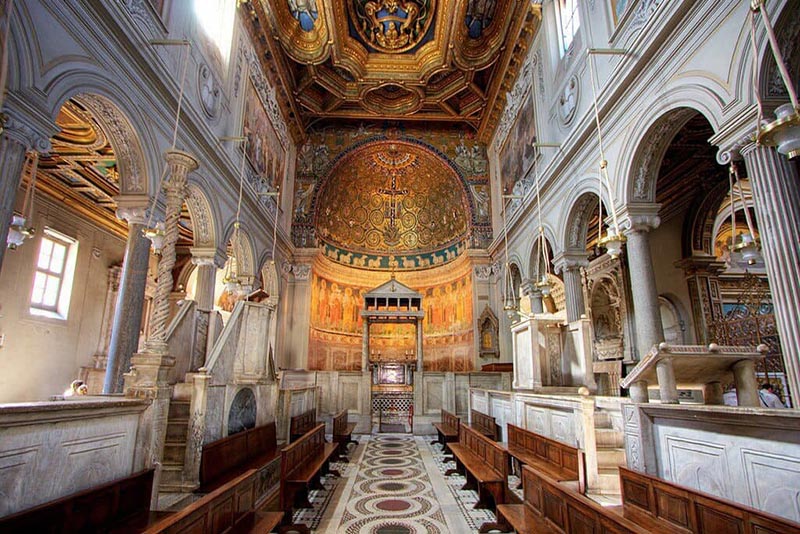
The only surviving medieval Belarusian frescoes are those of the Supraśl Monastery, now Poland.
The monastery on the Supraślanka River was founded in the late 15th century by some monks of the Kiev Caves Lavra, who introduced their own traditions of church life to it. It became the most significant center of Orthodox life in the region by the 17th century: the monastery had a printing house, a school, a scriptorium, an extensive library, and a crafts school.
The Church of the Annunciation of the Blessed Virgin Mary was painted in 1560. The architecture of the church is remarkable in itself: it is a temple that combines traditional Eastern Christian principles with some elements of Gothic style, at the same time being a fortified building.
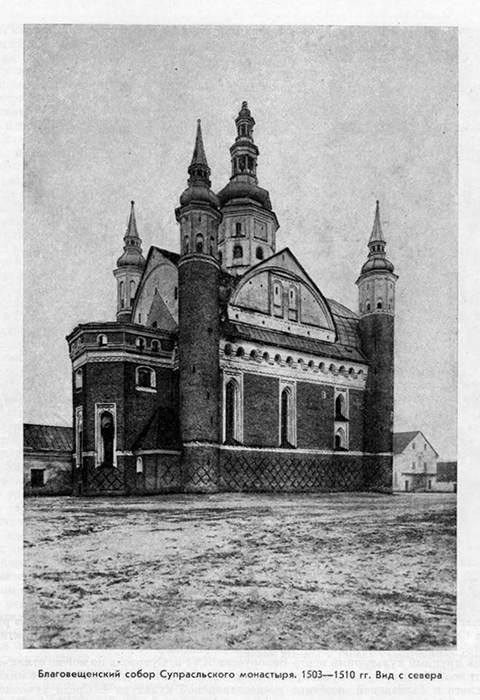
Unfortunately, only frescoes from the lower part of the temple have survived, as it was blown up by the Nazis during World War II. They are kept in the Museum of Icons, which operates in the monastery.

The name of the author of the paintings remains unknown, but there is an opinion that it was a certain Serb named Nektarije, whose name is mentioned in the archives of the monastery: there are references to the payments he received for painting the icons since 1557.
It is noteworthy that the paintings can be attributed to the Serbian school of mural painting. They are unique examples of Byzantine art, uncommon for these lands due to the fact that they are not related to the Russian tradition of that time.
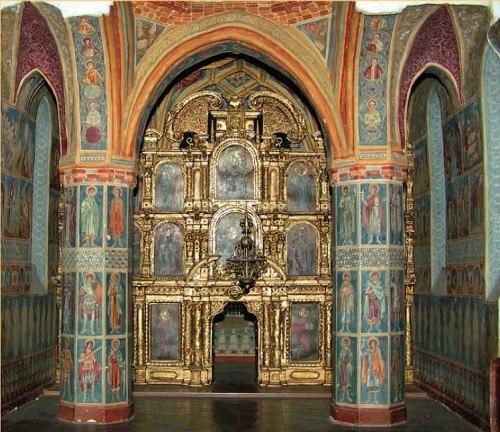
Bright and colorful scenes from the life of Christ, the Mother of God, together with the figures of saints and martyrs, apostles and prophets, constituted an orderly scheme, the composition and symbolism of which fully corresponded to the canons of Eastern Christianity (e. g. the doctrine of the origin of the Holy Spirit).
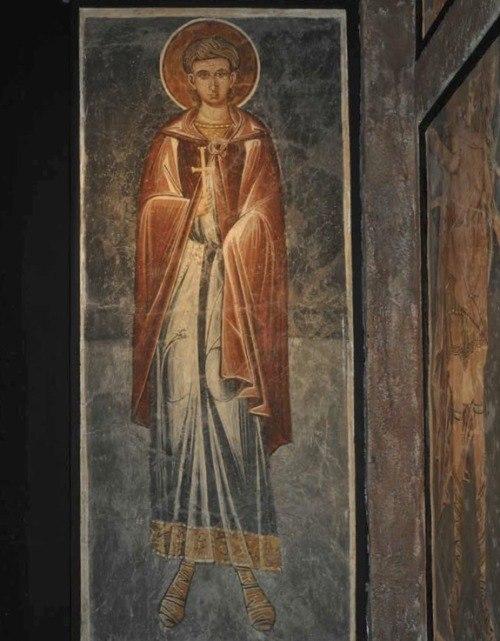
You can see a reconstructed model of the church paintings, as well as the surviving frescoes in the museum of the Supraśl monastery.
The monastery keeps a wonder-working replica of the Smolensk Icon of the Mother of God, which was later called the Supraśl Icon. This replica was donated to the monastery by the metropolitan on the day when the church was consecrated.

Among other things, the Supraśl Monastery was famous for its singing tradition. It is known that a large choir of monks and invited singers sang in the monastery.
It is from there that one of the most valuable handwritten artifacts of the singing art came to us – the Supraśl Irmologion (1598-1601).
This manuscript is a compilation of the oldest chants and, thanks to the manuscript’s staff notation, all the pieces can be sung with the highest precision.
It should be noted that almost all the books of sheet music dating back to the 16th-17th centuries were written with neumes, and we can only guess what the chants sounded like.
Furthermore, the Irmologion includes the core range of church hymns and can give an idea of all kinds and genres of liturgical singing. Some of the hymns were derived from the Kiev Caves Lavra, and some of them originated in the monastery itself, by merging two traditions: Byzantine Hellenic (brought to the monastery by some monks from the Holy Mountain) and the tradition of the Kiev Caves Lavra. The resulting way of singing came to be known as Supraśl chant.
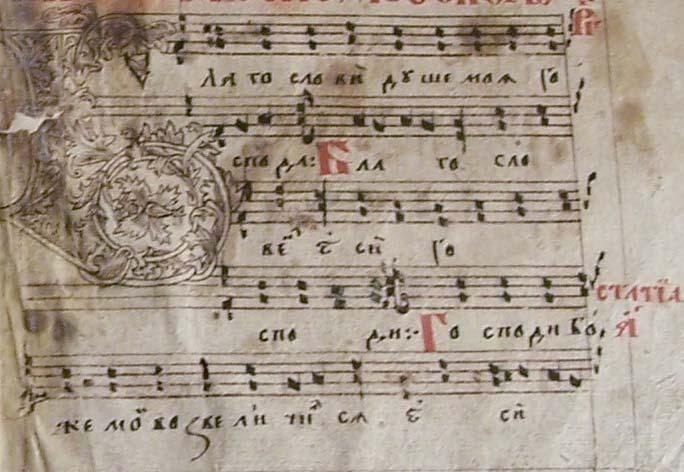
There are no equivalents to these chants in the world; they are unique in their melodiousness and lyricism. They are also very long; one example is the Sticheron on the Veneration of the Shroud Come, Let Us Bless Joseph, which lasts 22 minutes.
The researcher who first discovered the Supraśl Irmologion among other manuscripts, noticed that the Cherubic Hymn takes two pages. It was this that triggered the study of the manuscript.
The manuscript reflected not only the existing corpus of chants, but also the typical practice of their performance. It is well preserved. The manuscript is nicely decorated: it contains 5 crimson miniatures, 16 headpieces in the form of multi-colored ornamental panels of the Balkan type. The initial letters of the chants are adorned with ornaments, and there are many drawings in the margins of the manuscript.
The Irmologion manuscript is voluminous and has 565 sheets (1130 pages). The manuscript was replenished and expanded many times during the 17th century. This indicates that it was used constantly by the choir and enjoyed great popularity. Although traditions represented in the Irmologion can be found in other chants, there are no other similar manuscripts.



